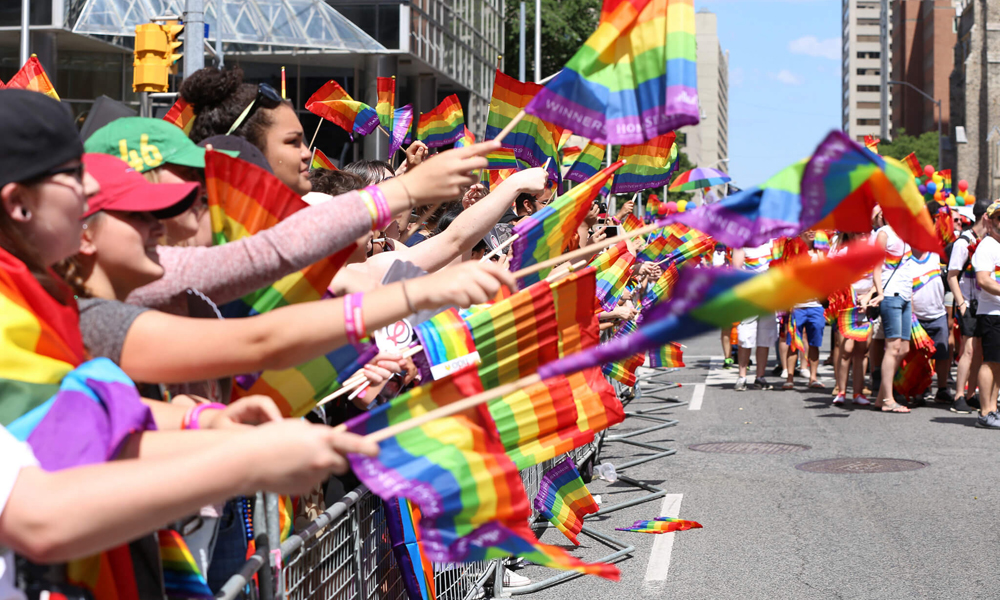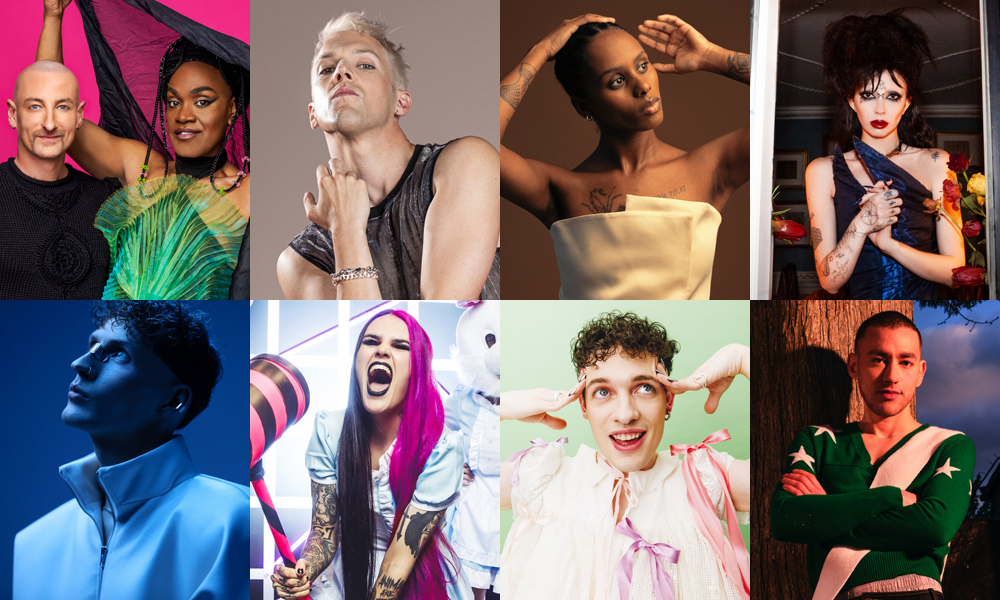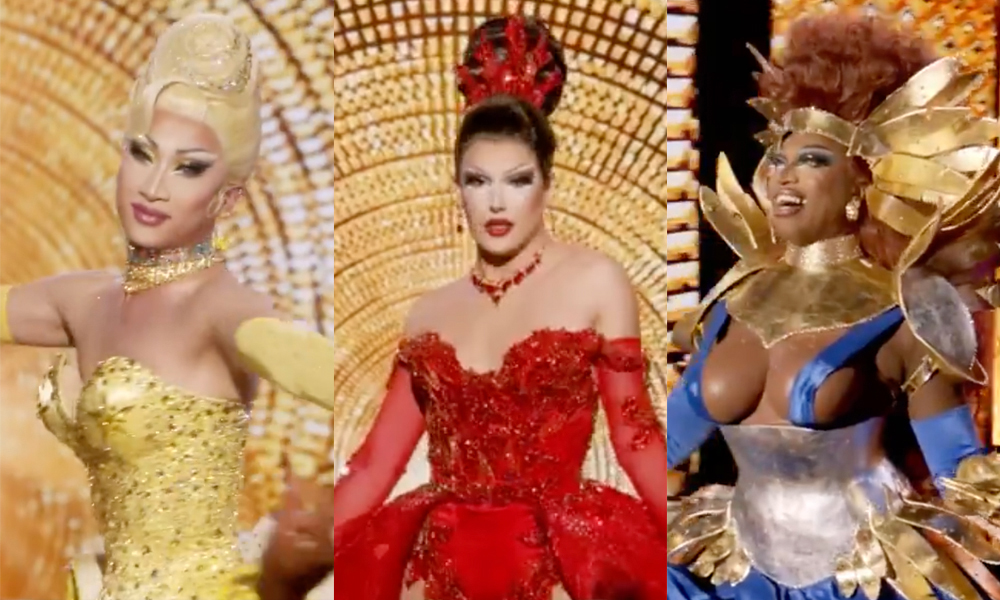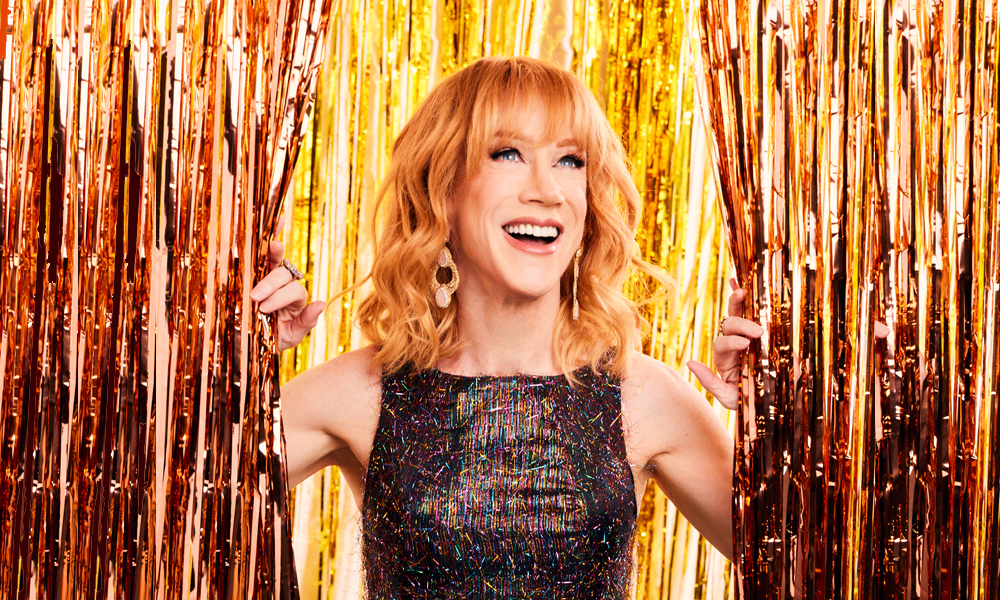Let’s call it rising discontent…
By Adam Zivo
Recent years have seen rising frustration with mainstream Pride festivals, which some groups no longer feel represent them. Some on the political left feel that mainstream Prides have become too corporatized, and argue that, by straying from their radical roots, Prides have failed to advocate for the interests of the most marginalized. Mirroring that, some centrists and conservatives feel that Prides have become too woke, privileging an impractical strain of activism that fails to recognize the political diversity of the LGBTQ+ community.
Across the political spectrum, frustrated groups have taken to organizing their own alternatives to Pride, through which they’ve hoped to make more space for different political priorities. In 2017, after Toronto Police Services was barred from marching in Toronto Pride, more conservative community members protested by organizing the short-lived First Responders Unity Festival. In 2019, progressive activists to.com/music/alternative-pride-toronto-2019″>launched Toronto’s first “Alternative Pride Festival,” which styled itself as a de-corporatized space where, unfettered by sponsor obligations, more provocative political stances could be championed.
Though both progressives and conservatives have their respective discontents, progressives have been far more effective at turning that into action, with anti-corporate alternative Prides popping up all across Canada and the globe. Their degree of organization varies, from structured festivals with ticketing fees and formal programming, to annual, grassroots protests. Conservatives, on the other hand, tend to opt out of participating in Pride celebrations altogether, giving up on political advocacy in a hostile environment.p>
As alternatives to Pride proliferate, they call into question whether the current status quo – wherein cities only have one Pride festival, overseen by one local organization – is sustainable. Will Pride celebrations splinter, so that cities are serviced by a handful of festivals, each catering to its own niche within the community? Was Toronto’s 2019 Alternative Pride – and, to a lesser extent, the 2017 Unity Festival – simply an aberration, or does it represent the beginning of a larger journey of fragmentation?
Politics vs culture
Looking at things more closely, it seems as if the latter is more likely, because there has always been something bizarre in how Pride festivals are designed – an underlying tension which makes fragmentation seemingly inevitable. Pride festivals are, in a way, made to schism.
That’s because they’re situated as both cultural and political events. This isn’t entirely unique, because politics and culture often intersect, but it is rare for festivals to treat both with equal consideration. Cultural events are often incidentally political, and political events are often incidentally cultural. Pride festivals are simultaneously and emphatically both.
The political dimension of Pride is, of course, rooted in its historical need to platform LGBTQ+ advocacy, creating a space for people to loudly call for equality and inclusion (or rebellion and liberation, depending on your political stripes). Unlike other festivals, activism is never seen as an intrusion – people may disagree with the ideologies forwarded by some groups, but their right to be political is nonetheless expected.
At the same time, Pride festivals also have an obvious cultural dimension, spotlighting and celebrating the various segments of the LGBTQ+ community, along with their values and aesthetics, without an explicit political agenda. Drag is Pride. Leather is Pride. Gay families are Pride. Queer zines are Pride. Gym gays in Speedos are Pride, as are trans people walking down the street. This cultural aspect is amplified when Pride festivals make the case for public funding, positioning themselves through the lens of tourism and economic development.
While it seems perfectly natural for Pride festivals to be both cultural and political, these parallel mandates have wildly different needs.
Cultural events succeed when they are maximally inclusive, creating a mosaic wherein no part of the community is left behind. Everyone must have their due, even if, collectively, radical inclusivity creates incoherence. The muscle bears, femme lesbians and art queers (among countless other disparate groups) all have an equal right to be culturally represented, even if their priorities are worlds apart. Much like the acronym “LGBTQ+,” an inclusive cultural festival is a mishmash of odds and ends, struggling to be more than the sum of its parts.
In contrast, political events benefit from being narrowly focused, disciplined, and ideologically exclusive. Political activism succeeds when it clearly sets an agenda and then unwaveringly fights for it. Diversity is a distraction in this case, turning political advocacy into a confusing marketplace of ideas without clear priorities. A poignant example of this was the Occupy Movement of the early 2010s, which began with seemingly limitless socio-political capital, only to collapse under the weight of its own indiscipline and disorganization.
So therein lies the tension: cultural festivals benefit from being inclusive, soft and nebulous; political advocacy benefits from being ideologically exclusive, hardening itself into a knife that hacks towards its goals. A festival that aggressively combines both culture and politics is a contradiction of sorts. Maybe it would be better to disentangle the two…but is that even possible?
The cost of acceptance
Many consider culture and politics to be inextricable. Giving visibility to queer culture is inherently political, in a way – isn’t elevating queerness an act of rebellion against prevailing social norms? Wasn’t it true that early Pride festivals were radical simply by virtue of the cultural visibility they brought, which then implies that culture is politics?
Historically, the answer to this question was “yes.” This is perhaps why questions about the purpose of Pride – is it a cultural celebration or a political riot – only arose belatedly (which isn’t to say that these questions only recently became important; they’ve always existed, but have only recently been foregrounded with so much gusto). When culture is fused with politics, it’s hard to find a tension between the two.
However, as the LGBTQ+ community has become more socially accepted, making visibility less transgressive, things have come more complicated. In the absence of transgressiveness, cultural visibility loses its political importance. The more Pride advocacy succeeds, normalizing what was once harshly stigmatized, the more its cultural dimension becomes apolitical.
Take drag queens as an example. In a previous generation, their presence in Pride festivals was a clear affront to mainstream sensibilities. By shockingly challenging gender norms, drag queens were necessarily political. Today, in the age of Drag Race, when armies of suburban teens celebrate and mimic mainstream queens, watching a drag performance on an outdoor stage is not a political statement – it is just cultural entertainment.
The same is true, to varying degrees, for many other public expressions of LGBTQ+ life, which society has also become accustomed to – lesbian parents, shirtless men, leather harnesses, gender queerness, and so on. Consider that, in the 1970s, gay activists organized “kiss-ins” as a form of protest – because same-sex love was so stigmatized that this was enough to make a bold, political statement. Today, to call public kissing a political act would rightfully elicit eye-rolls – at least in Canada’s main metropolises (these things are, of course, context-sensitive). Gone are the days when visibility was sufficient for activism.
None of this is to say that LGBTQ+ culture has been entirely de-politicized; the point is that it’s lost enough of its political character that it can be seen without the fog of politics – culture enjoyed for its own sake, where not everything is turned into an activist statement.
Some consider this a bad thing, believing that LGBTQ+ culture should always be tethered to larger dreams of political liberation. However, this cultural banalization has been one of the community’s greatest victories. One of the heaviest burdens of being a marginalized minority is to have your existence forcibly turned into a political statement, so that life is spent in a constant state of anxiety, tensed up against the hostile judgments of a society that keeps you on indefinite trial. Liberation entails the freedom to relax and just exist, to be seen as an individual like any other.
Freedom is boredom, but what do Prides mean if they’re boring? Having normalized the transgressive, they’ve become victims of their own success. As long as their attention is focused on cultural representation, they will continue to struggle with meeting the needs of those who see Pride as a vehicle for activism.
A solution: divide up politics and culture
“Pride is political.” So goes the slogan. But whose politics should be platformed in Pride? Whichever choice is made, some groups are left behind, because no one set of politics could ever encapsulate the ideological diversity of the LGBTQ+ community. Sometimes that means progressives feeling that Pride is not radical enough, sometimes that means centrists and conservatives feeling that Pride is too woke. It’s impossible to satisfy everyone.
If Pride festivals were narrowly defined as political advocacy organizations, this would not be an issue: they would simply set their activist agendas without worrying about whether some parts of the community are left out. However, because Pride festivals are vested with their cultural mandate – burdened, in a way, with the responsibility of representing the entire spectrum of the LGBTQ+ community – they don’t have the privilege of having a narrow focus.
The people they exclude often rightfully feel a sense of betrayal: “Why is Pride, which is supposed to represent the entire community, myself included, ignoring my politics?”
Some Pride festivals have dealt with this by simply dispensing with the expectation that they service all factions, politically or culturally. Pride Toronto, for example, makes no secret that it considers large swaths of the LGBTQ+ community to be politically illegitimate, and, relatedly, is minimizing cultural representation of factions of the LGBTQ+ community it considers ideologically inconvenient – for example, cisgendered gay men, who tend to be more conservative than Pride Toronto prefers.
As a result of this approach, many within the LGBTQ+ community lack political representation, and, to a lesser degree, cultural representation as well.
Perhaps the better solution, and maybe an inevitable one, would be to let Pride celebrations continue to fragment – with a main Pride festival acting as a maximally inclusive cultural celebration, supported by smaller, niche Pride events that can be tailored to the community’s political niches. This would simply be an extension of what we’ve seen in the past few years, given that alternative Pride events see themselves as political accompaniments to apolitical, mainstream Pride festivals.
Of course, that would be unpopular to many, because mainstream Pride festivals have accumulated an enormous amount of influence over the decades, and this trove of influence could no longer be leveraged for political activism. But maybe that’s okay – because it’s questionable whether the culture of an entire community should be used towards political activism that represent only specific subsets of it.
—
ADAM ZIVO is a Toronto-based social entrepreneur, photographer and analyst best known for founding the LoveisLoveisLove campaign.







POST A COMMENT